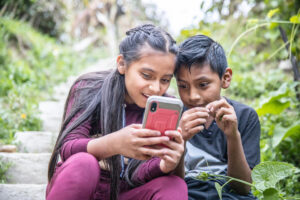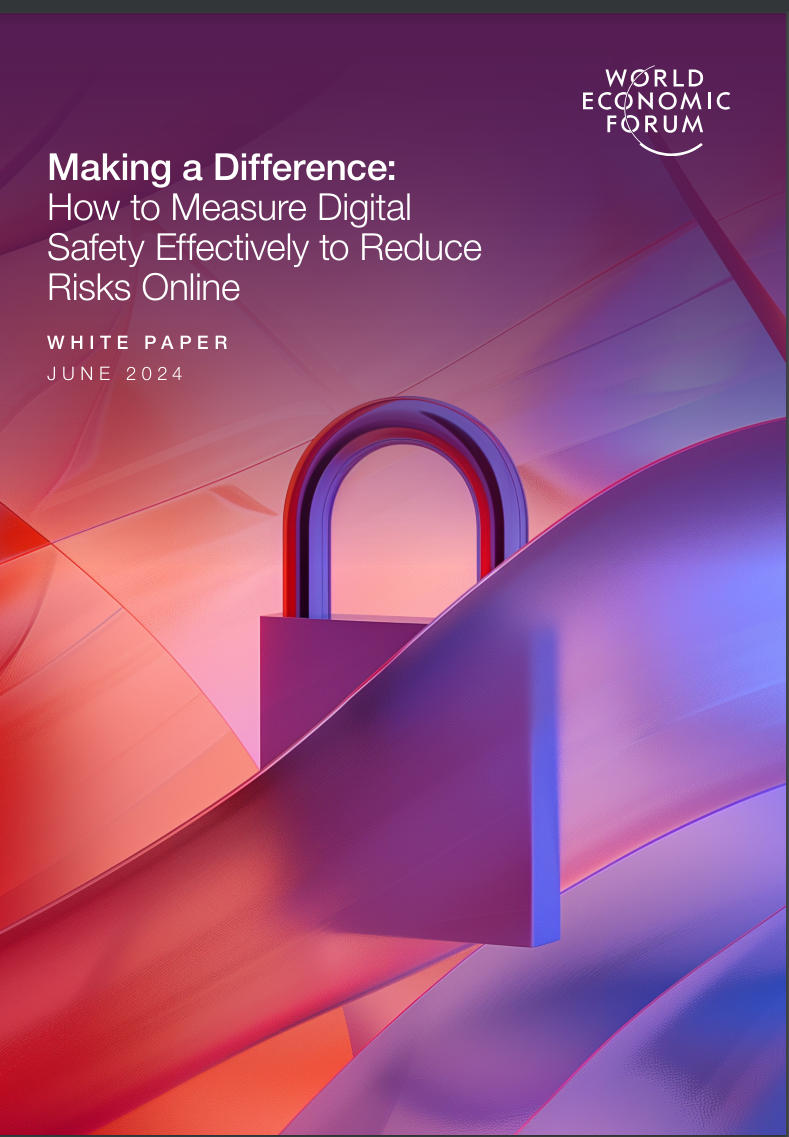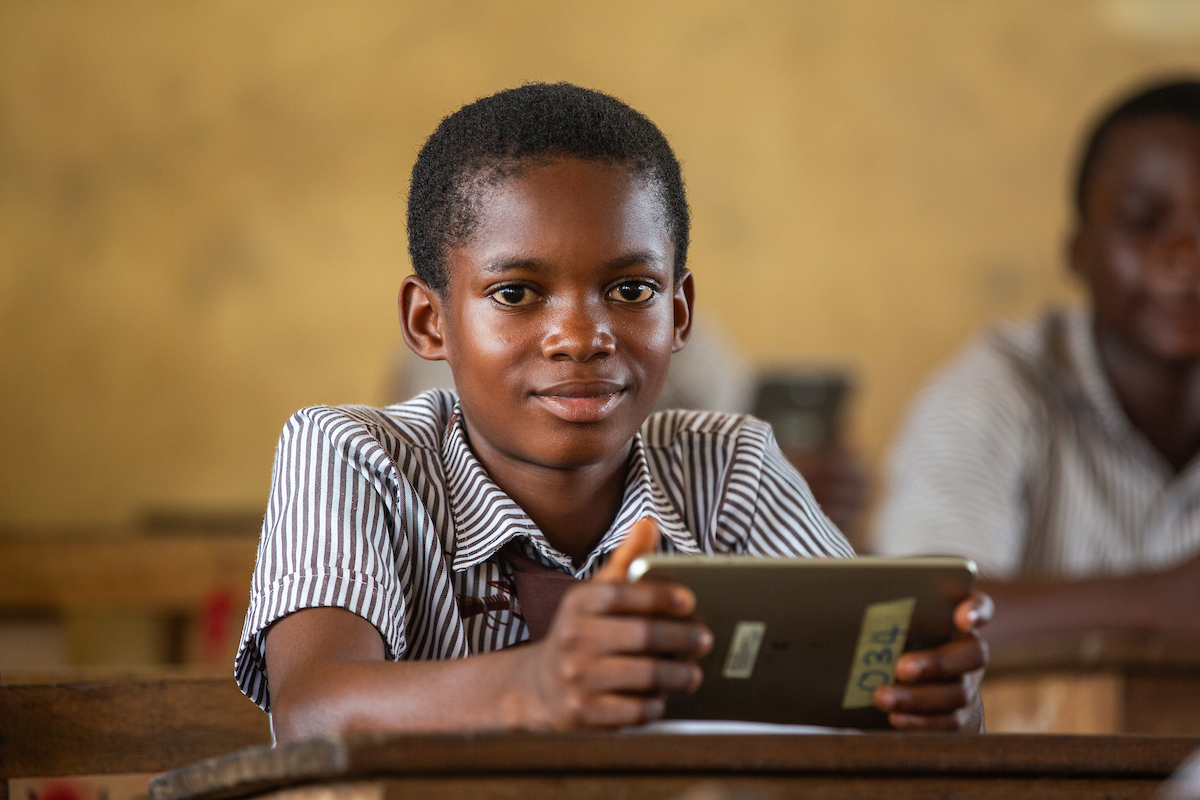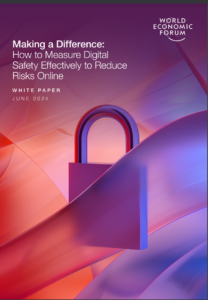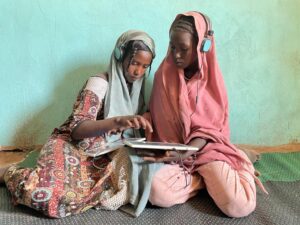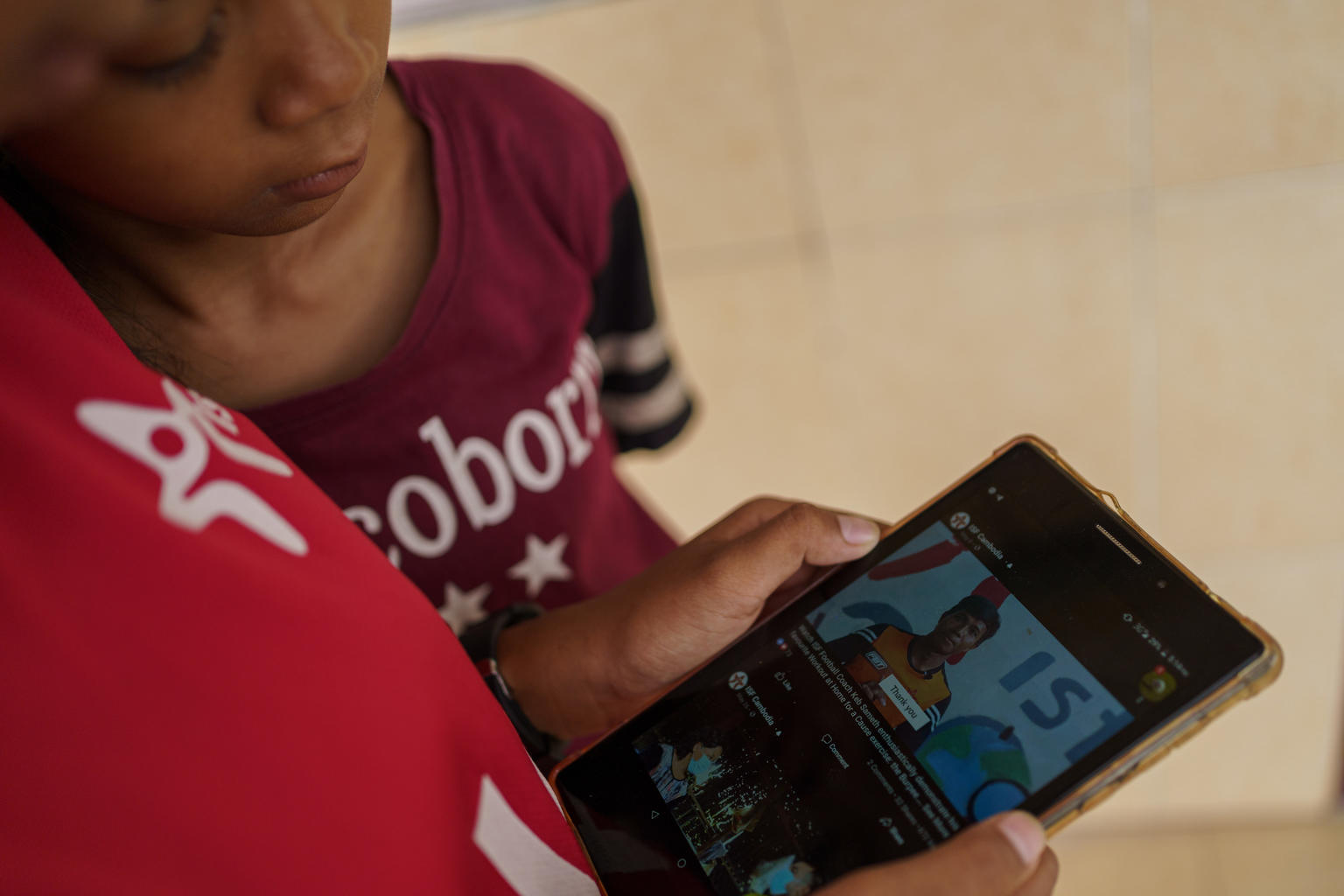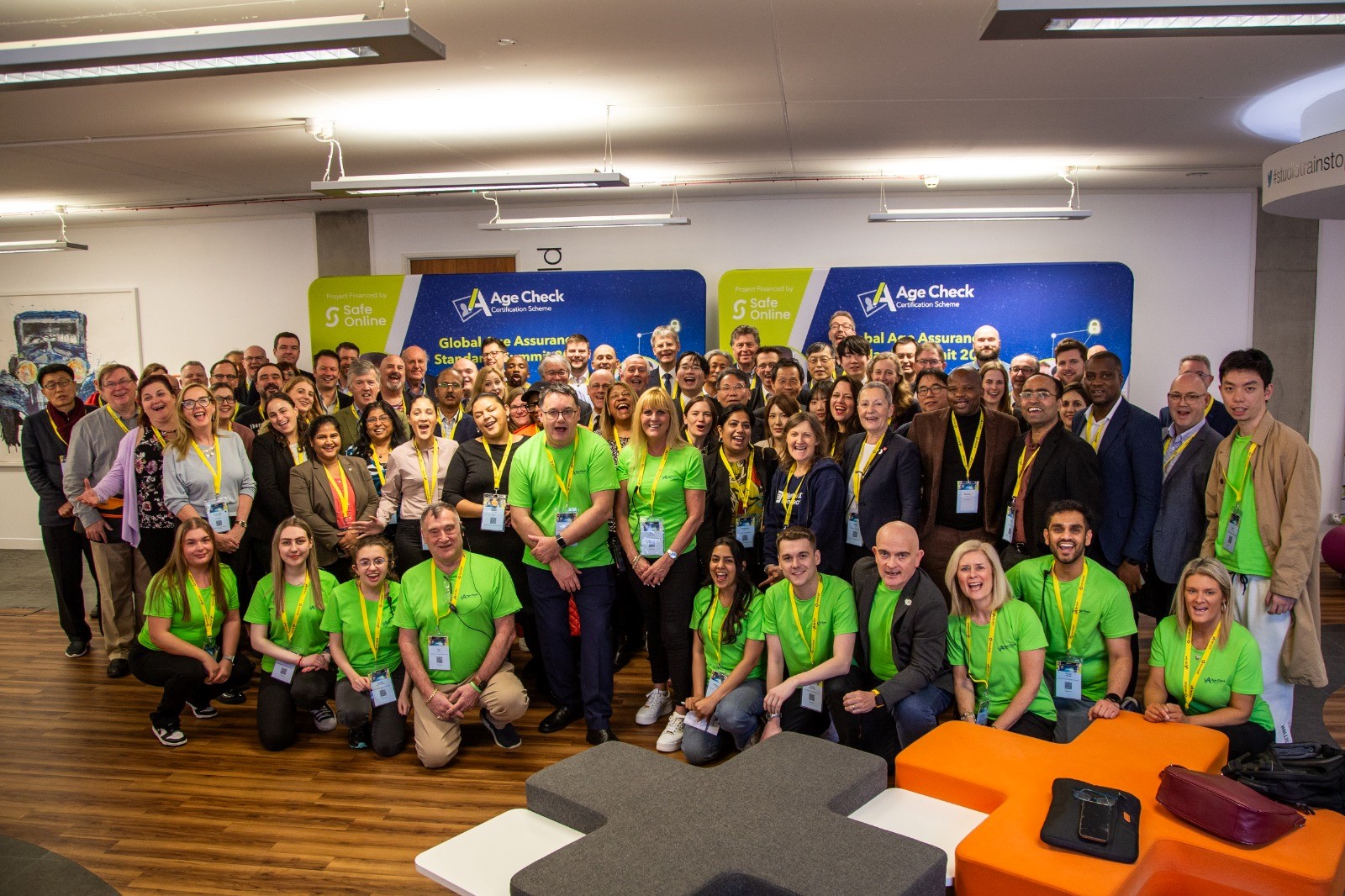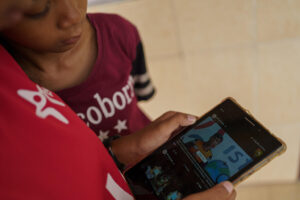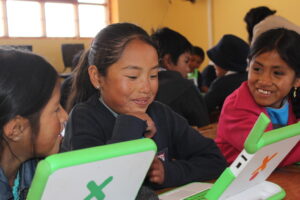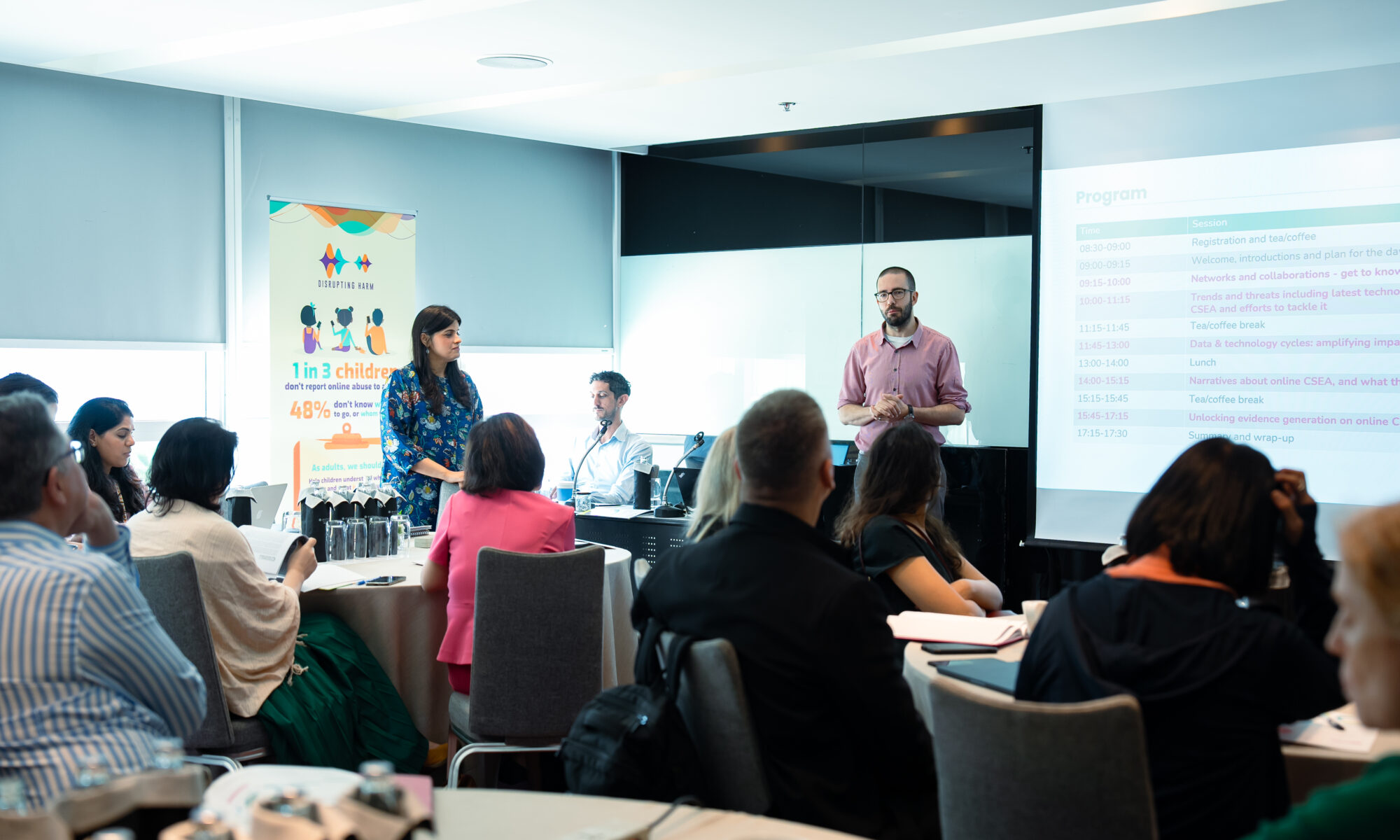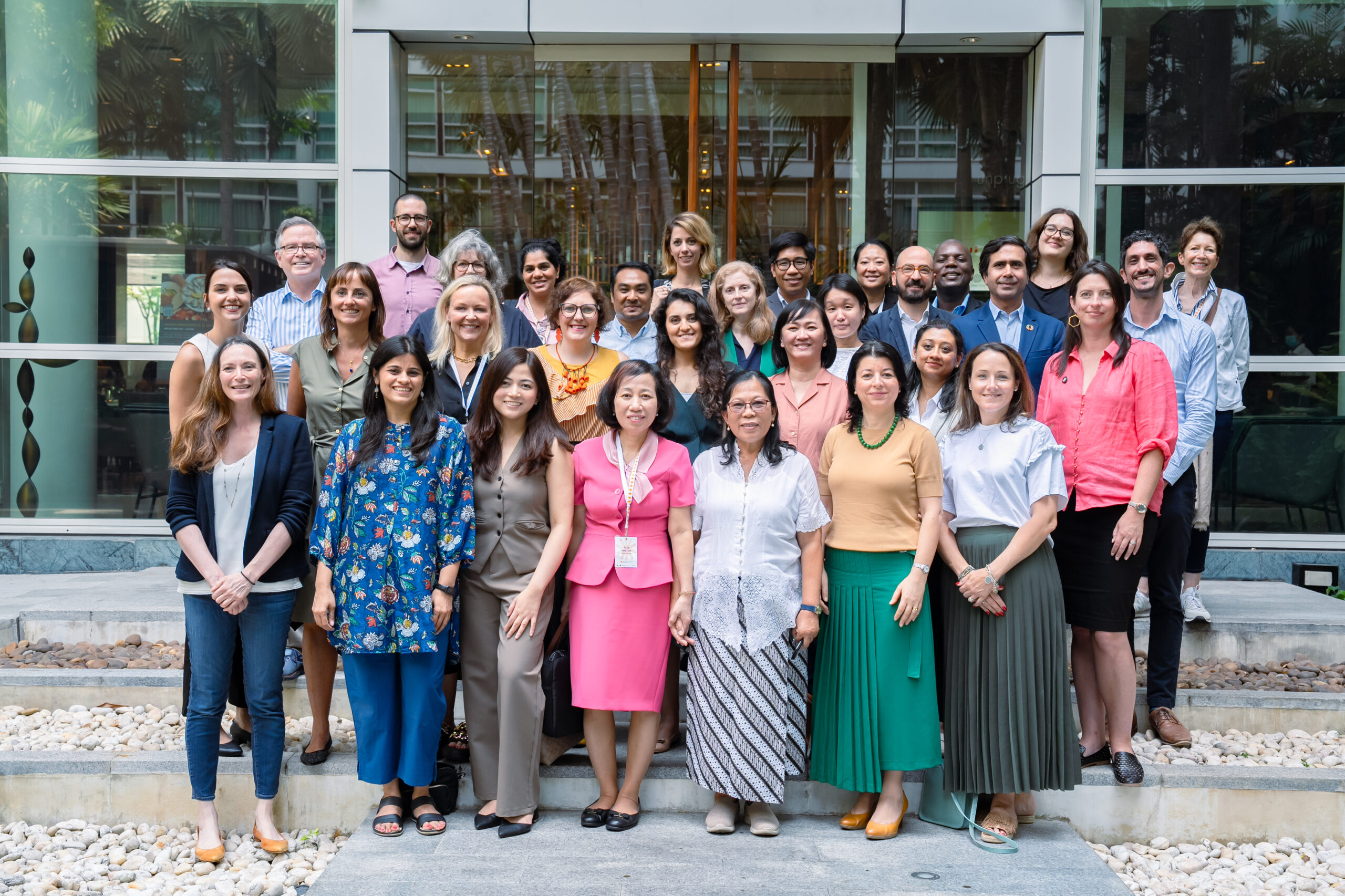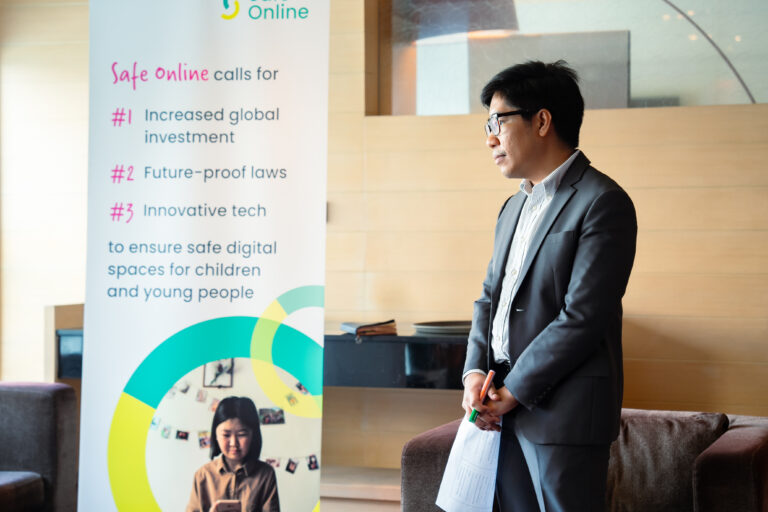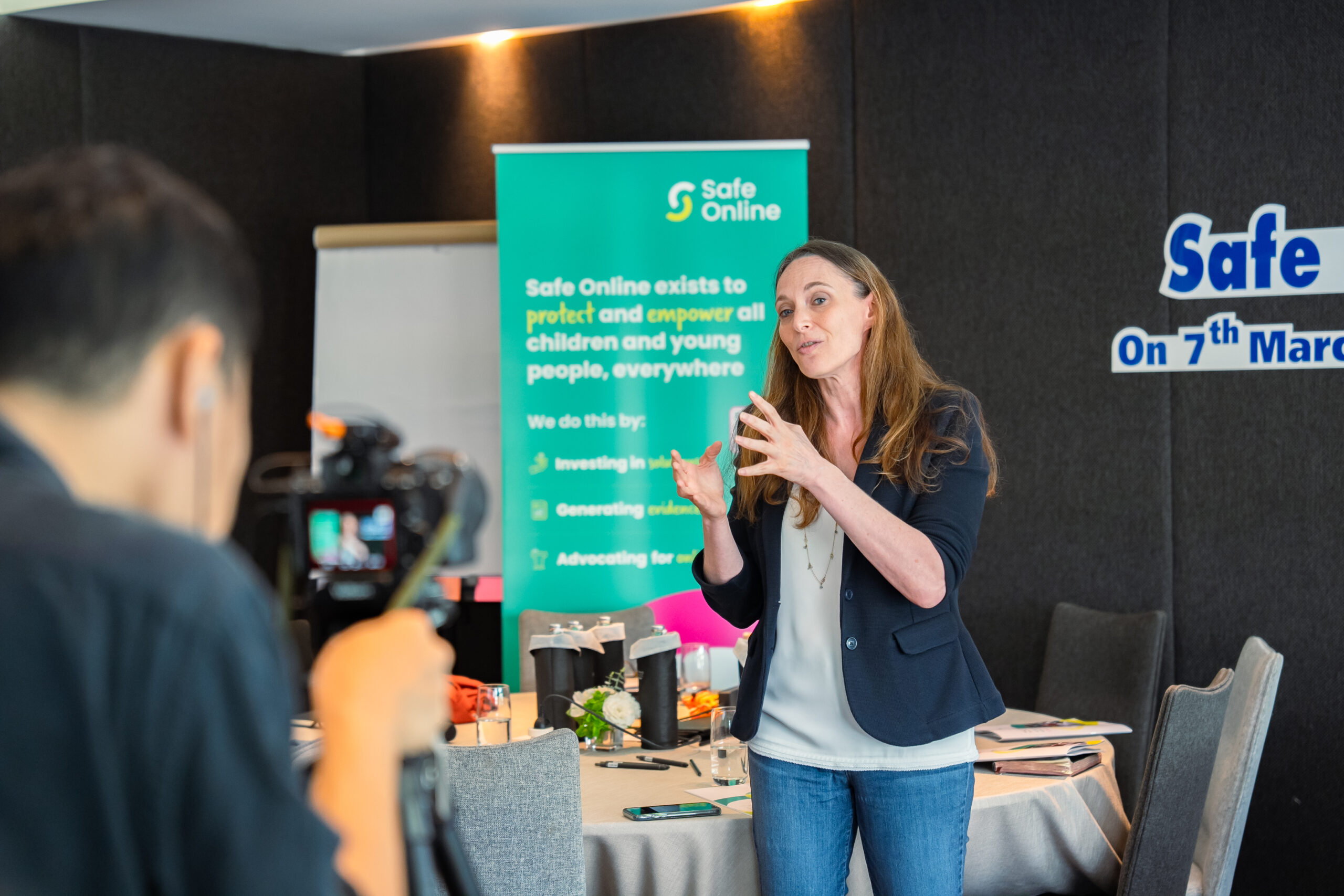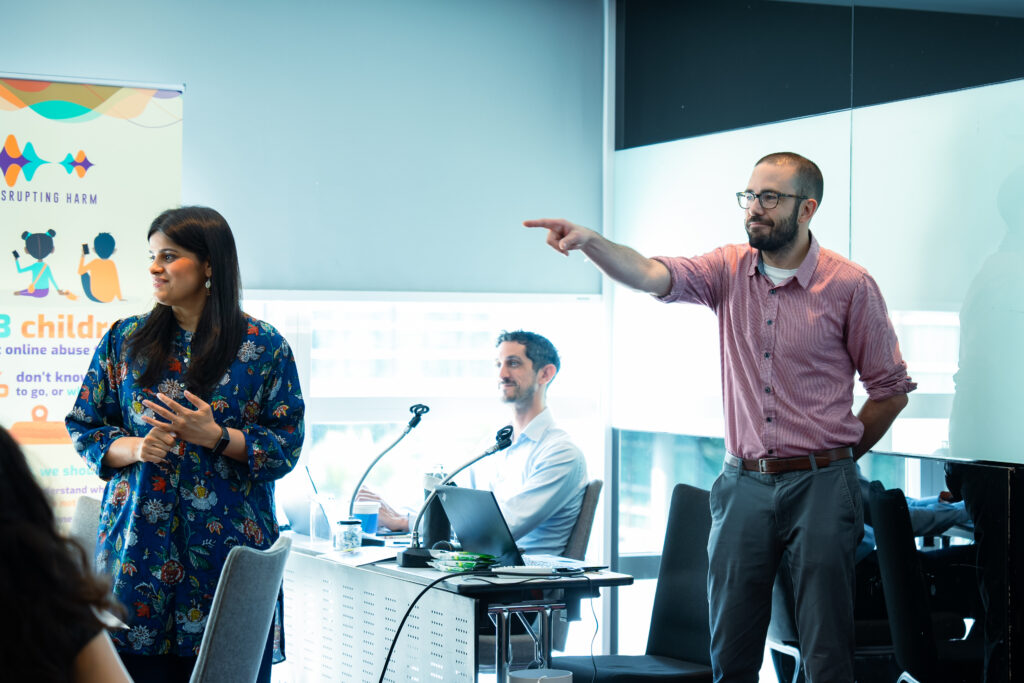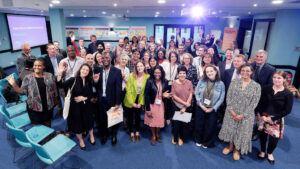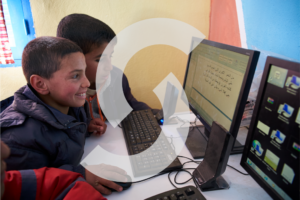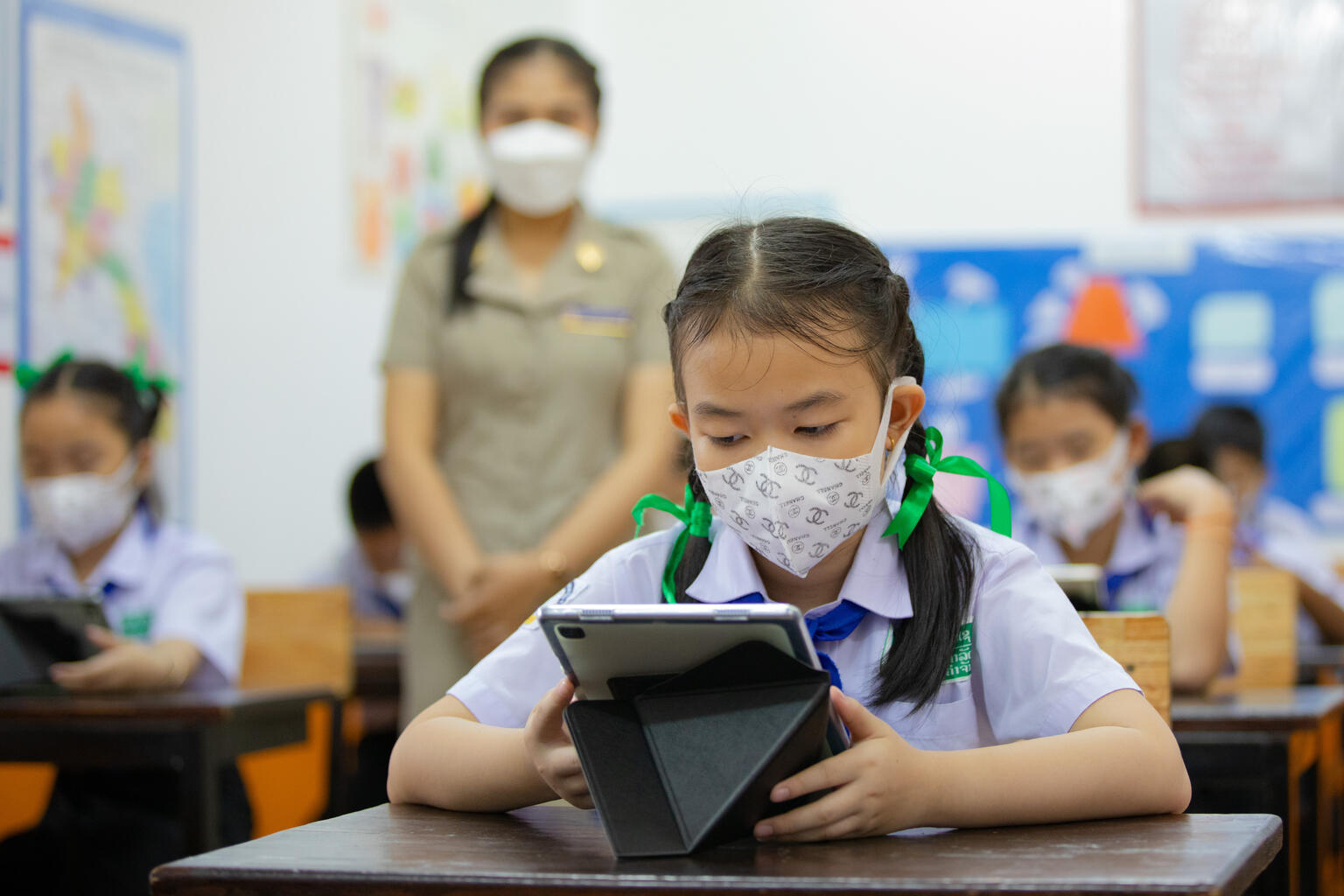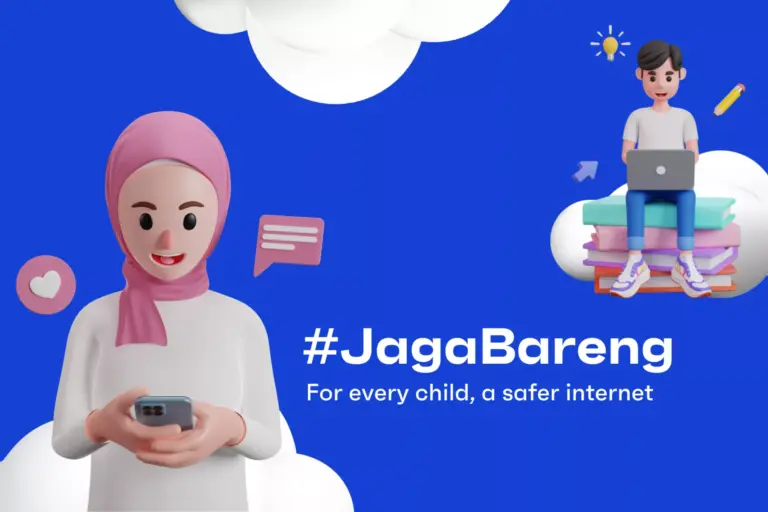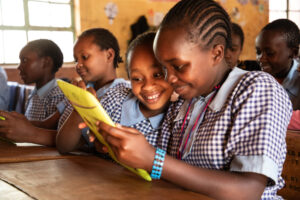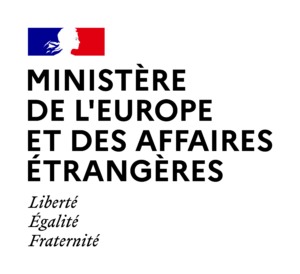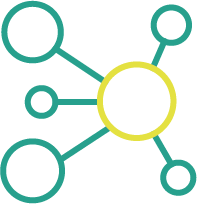Press Release

Survivors of childhood sexual violence seek urgent action to 'redesign' the internet to protect children
Survivors join bereaved parents and high-level political figures, to put pressure on political leaders, funders and tech companies to end childhood sexual abuse online.
The move comes 100 days before the historic inaugural Global Ministerial on Ending Violence Against Children - the first time that global leaders will be asked to pledge action to end the scourge of childhood sexual violence.
July 17, 2024 [LONDON]: Today, survivors of childhood sexual violence will address the escalating threat to children’s lives posed by online abuse, and call for action to ‘redesign’ the internet and protect children ahead of the first ever global Ministerial on the issue in November 2024. This is a pivotal moment to redefine the digital world for children, ensuring that technology is used for their benefit and never for their harm.
See more of our recent updates
Middlesex University
Our grantees Middlesex University Invisible Risks: Combating Secondary Trauma to Safeguard Children Countries involved:United Kindgom of Great Britain and Northern Ireland We know that online child sexual abuse material is highly damaging to children. But today, little primary research exists about the impact such material has on content moderators –
International Justice Mission
Our grantees International Justice Mission Ending Online Sexual Exploitation of Children in Cebu Countries involved:The Philippines International Justice Mission (IJM) has used the Fund’s support to train and mentor law enforcement officials in the Philippines, increasing their ability to prosecute individuals engaging in online child exploitation and abuse. As part of
Save the Children Denmark
Our grantees Save the Children Denmark Tackling Online Sexual Exploitation Through a National Action Plan Countries involved:Sri Lanka In Sri Lanka, Internet connectivity has skyrocketed: over the past 10 years, the country has seen a 600 per cent increase in connections, representing more than 25 million mobile phones. Though rates
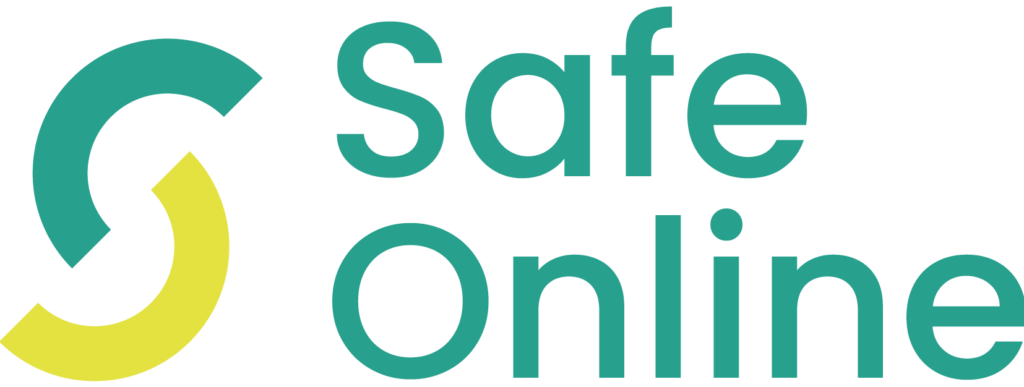
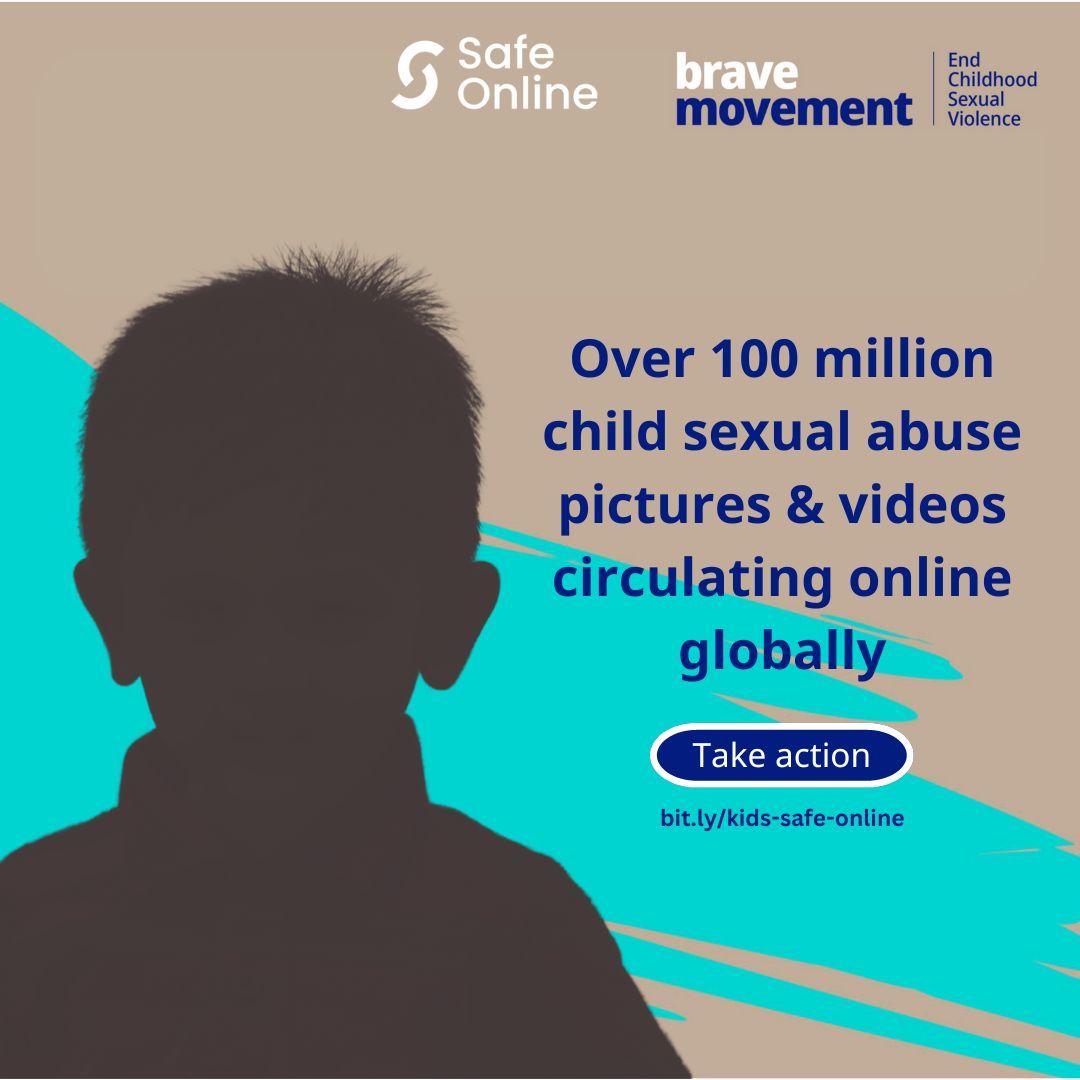

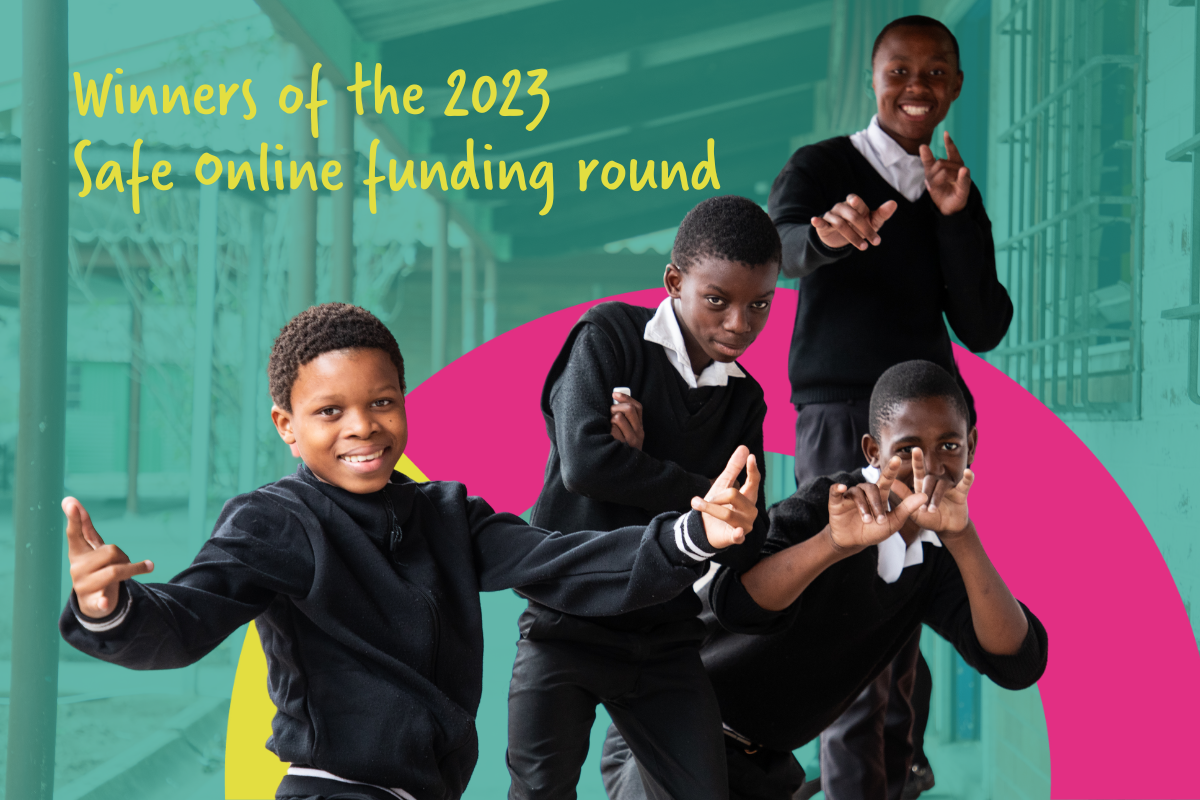
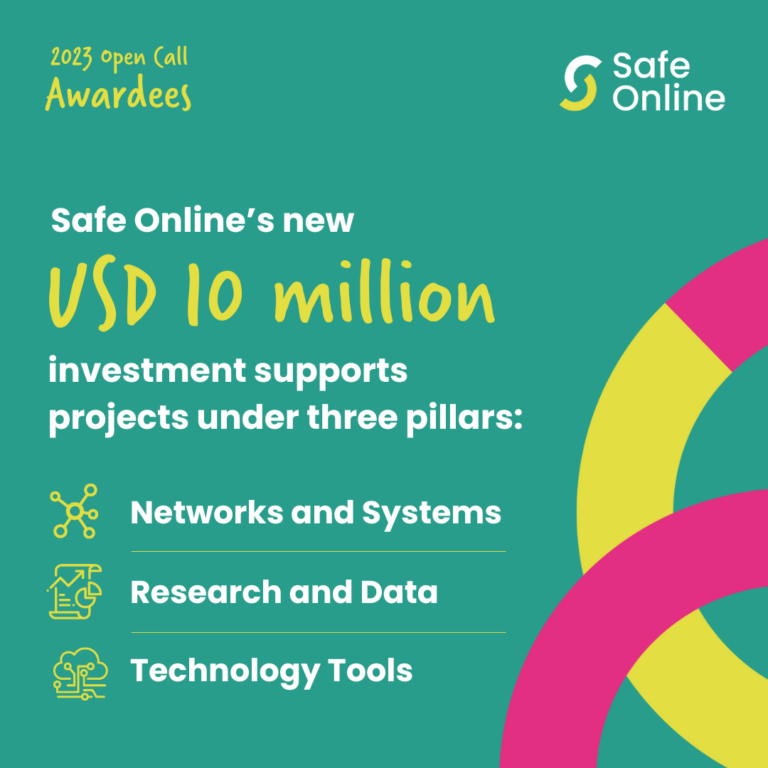
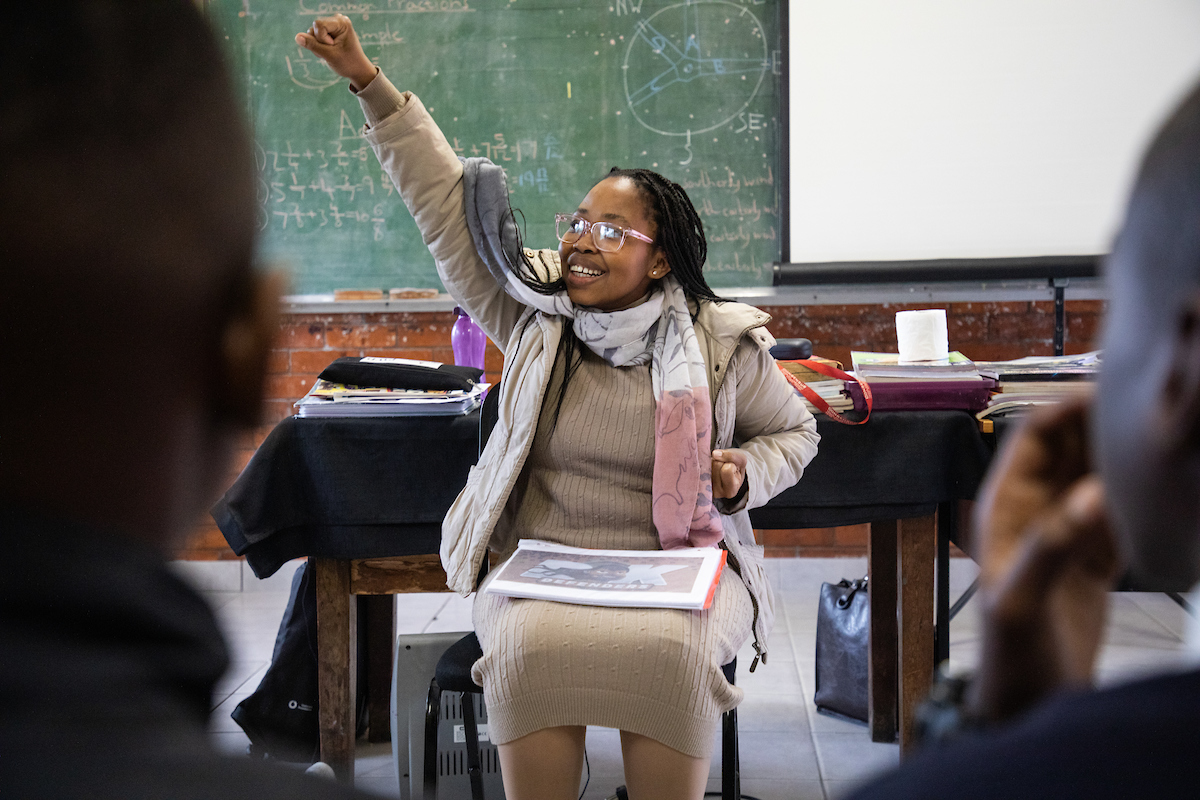






 Research Institute (IPPPRI) formerly known as PIER Anglia Ruskin University
Research Institute (IPPPRI) formerly known as PIER Anglia Ruskin University





 National Center for Missing and Exploited Children
National Center for Missing and Exploited Children



